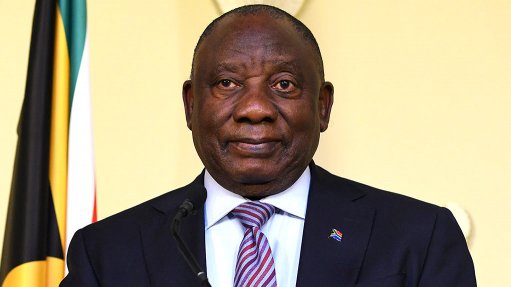SA varsity team to tackle Aussie solar race in Oct

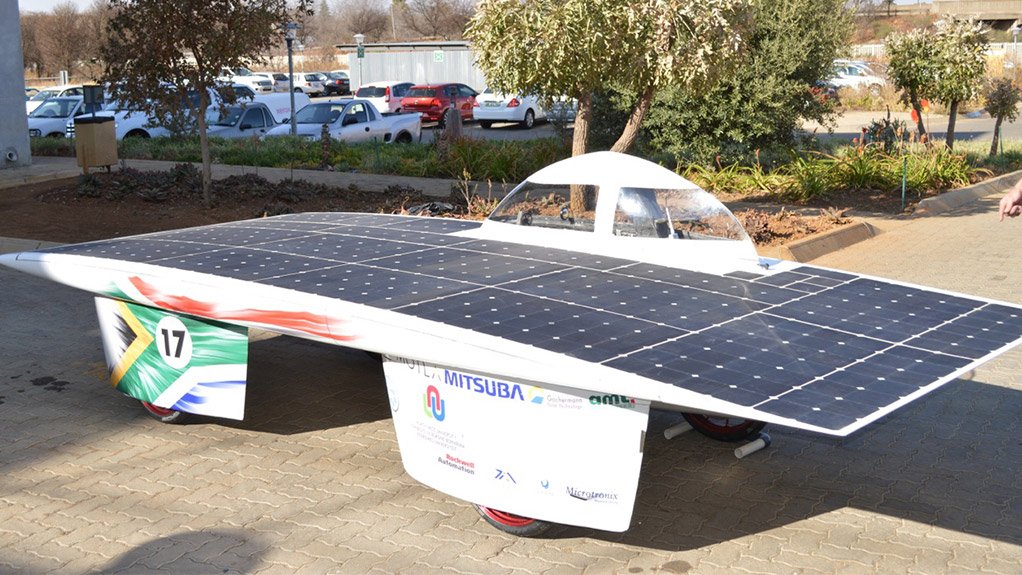
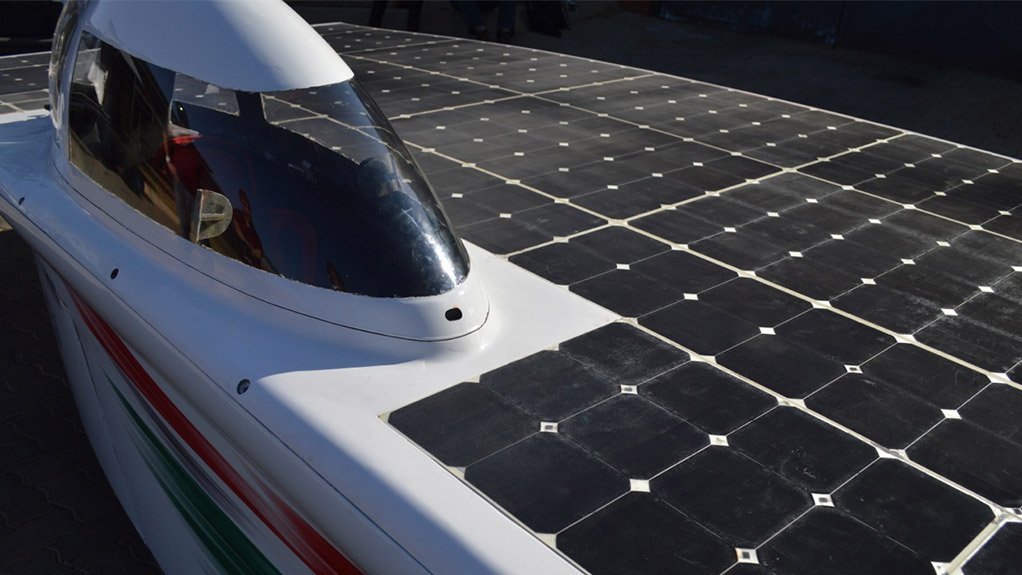
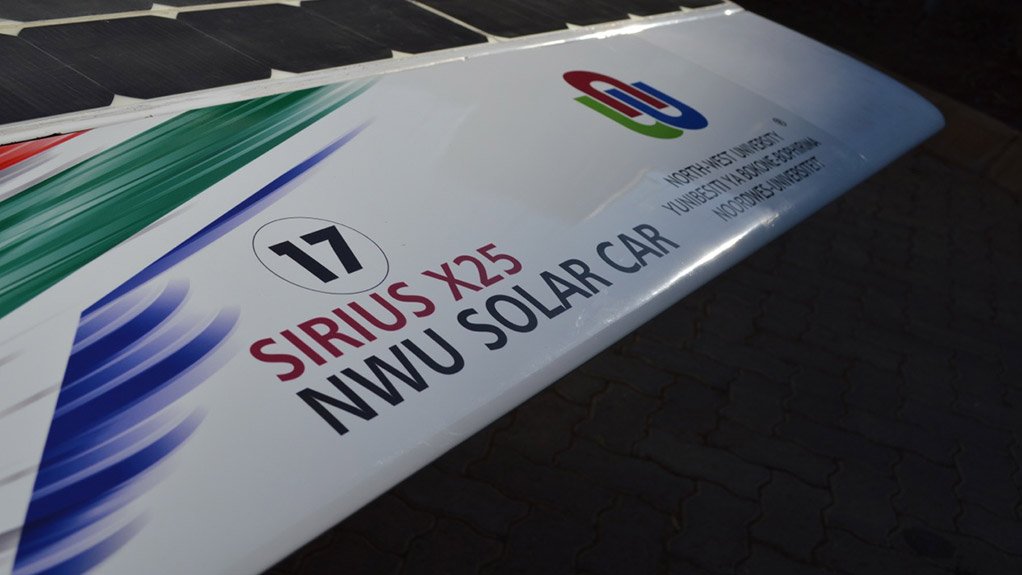
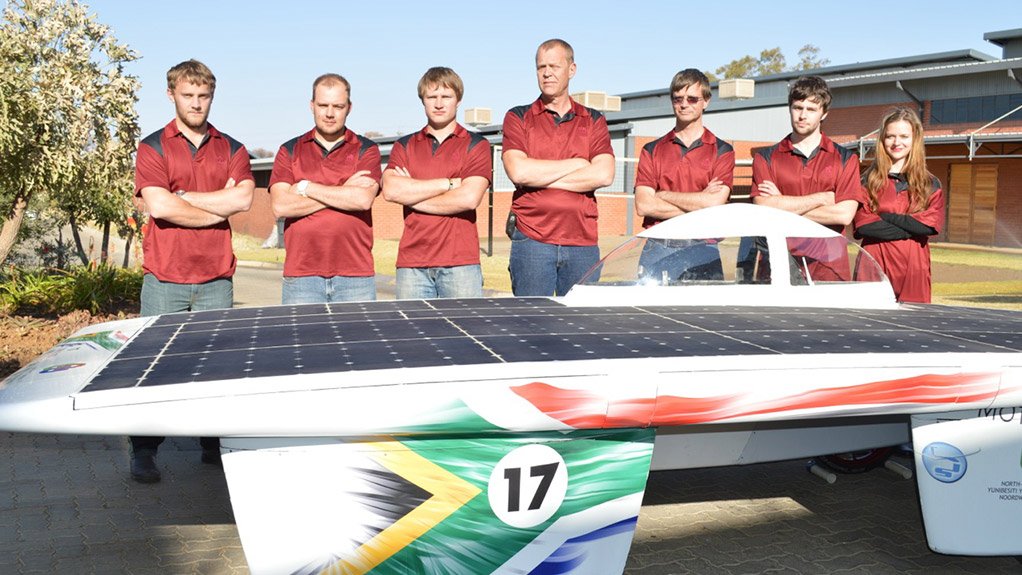
The Sirius X25
The Sirius X25
The Sirius X25
Some members of the racing team. From left to right, they are Ryno du Preez, Raynard du Preez, Estienne Janse van Rensburg, Arno de Beer (technical manager), Albert Helberg (team leader), Waks van Tonder and Bronwyn Payne
A team of engineering students from the North-West University (NWU) will take part in this year’s Bridgestone World Solar Challenge, in Australia.
The NWU also participated in the 2012 and 2014 Sasol Solar Challenge races, held in South Africa.
NWU team leader Professor Albert Helberg says the race team has harnessed fresh technology for the Australian race, making its new vehicle faster, lighter and more efficient.
This vehicle is propelled by the same amount of energy used by a hair-drier.
The Bridgestone World Solar Challenge takes place from October 18 to 26. The race starts in Darwin, in the north of Australia, from where 45 vehicles from 25 countries will race more than 3 000 km across the country, to Adelaide.
“We should cover the distance in seven days, but we are aiming to do it in five days,” says Helberg.
Traditionally only one-third of all participants complete the distance in the allotted time, he adds.
“We will be competing against the top universities in the solar energy fields. We can compete with them and we want to prove this to the world.”
There are three classes in the competition. The NWU team will participate in the cluttered Challenger class, which is where the strongest competition lies.
The NWU team consists of students, lecturers and a former student.
Two undergraduates will be in charge of the electrical and the mechanical aspects, respectively, with two masters students responsible for the advanced electrical systems. They will also drive the vehicle.
Two lecturers and the former student will take the lead on technical issues.
New Tech
When comparing the NWU’s first-ever solar car with the one set to compete in Australia, the biggest difference is weight, explains Helberg.
The Batmobile, as the 2012 vehicle was christened, weighed more than 300 kg.
In contrast to this, the Sirius X25 – named after the closest star to the earth’s solar system, and 25 times brighter than the sun – is bigger than its predecessor, but weighs a mere 185 kg.
The drive system changed from two front-wheel drive motors in 2012, to a single rear-wheel drive motor.
The innovative battery pack is technologically better and also weighs less, says Helberg.
The aerodynamics of the cockpit profile were improved through the use of the latest sailplane technology in the world. Sailplane manufacturer Jonker Sailplanes did "astonishing work" here, notes Helberg.
The vehicle’s control systems have brand-new technology that makes it possible to perform adjustments to the vehicle’s electric current during changing weather conditions, uphills and downhills and while it is operational, thus allowing the driver to steer the vehicle as effectively as possible.
An optimisation system in the race tracking vehicle will determine which adjustments have to be made to enhance the effectiveness of the solar car even more.
Solar panels of 6 m2 are affixed to the top of the vehicle.
The cockpit profile is manufactured with carbon fibre and resin. This combination is three times stronger than steel, but much lighter, says Helberg.
He says the objective of the race vehicle is to perform at least 25% better than its predecessor.
“We are still in the building process, but it seems as if we will achieve the near impossible.
“The vehicle must be able to travel at least 500 km per day to finish the race within the time limit. The speed of the Sirius X25 is limited to 120 km/h, but according to our research the most effective speed is approximately 75 km/h.”
NWU’s Objective
The NWU team aims to finish the race and, at the same time, “be the first team ever from Africa to cross the finishing line”, notes Helberg.
“This project is a learning opportunity. The experience will enable us to aim for a podium position in 2017. It can be done.”
The team’s participation is, however, not only about racing glory.
“This race has an incredible influence on the ordinary man in the street. It all happens in the name of the development of better and more effective power systems.
“Approximately 50% of all electricity in South Africa is consumed by electrical appliances such as electric motors, washing machines, water pumps and drive systems in factories. If one can replace all traditional household electrical appliances with appliances that work a mere 5% more effectively, the energy saving is equal to over half the electricity that the Koeberg power station generates,” says Helberg.
“In building this vehicle, we are also proving that all personal energy needs can be met by renewable energy – even your transport needs. We are only proving that it is possible, however, as these contemporary components are not yet produced on a mass scale, and not everyone can afford them.
“The race is an effort to turn this around. The technology used here creates the vision of independence – not to be linked to a grid any longer. It is environmentally friendly energy available free of charge.”
Comments
Press Office
Announcements
What's On
Subscribe to improve your user experience...
Option 1 (equivalent of R125 a month):
Receive a weekly copy of Creamer Media's Engineering News & Mining Weekly magazine
(print copy for those in South Africa and e-magazine for those outside of South Africa)
Receive daily email newsletters
Access to full search results
Access archive of magazine back copies
Access to Projects in Progress
Access to ONE Research Report of your choice in PDF format
Option 2 (equivalent of R375 a month):
All benefits from Option 1
PLUS
Access to Creamer Media's Research Channel Africa for ALL Research Reports, in PDF format, on various industrial and mining sectors
including Electricity; Water; Energy Transition; Hydrogen; Roads, Rail and Ports; Coal; Gold; Platinum; Battery Metals; etc.
Already a subscriber?
Forgotten your password?
Receive weekly copy of Creamer Media's Engineering News & Mining Weekly magazine (print copy for those in South Africa and e-magazine for those outside of South Africa)
➕
Recieve daily email newsletters
➕
Access to full search results
➕
Access archive of magazine back copies
➕
Access to Projects in Progress
➕
Access to ONE Research Report of your choice in PDF format
RESEARCH CHANNEL AFRICA
R4500 (equivalent of R375 a month)
SUBSCRIBEAll benefits from Option 1
➕
Access to Creamer Media's Research Channel Africa for ALL Research Reports on various industrial and mining sectors, in PDF format, including on:
Electricity
➕
Water
➕
Energy Transition
➕
Hydrogen
➕
Roads, Rail and Ports
➕
Coal
➕
Gold
➕
Platinum
➕
Battery Metals
➕
etc.
Receive all benefits from Option 1 or Option 2 delivered to numerous people at your company
➕
Multiple User names and Passwords for simultaneous log-ins
➕
Intranet integration access to all in your organisation















